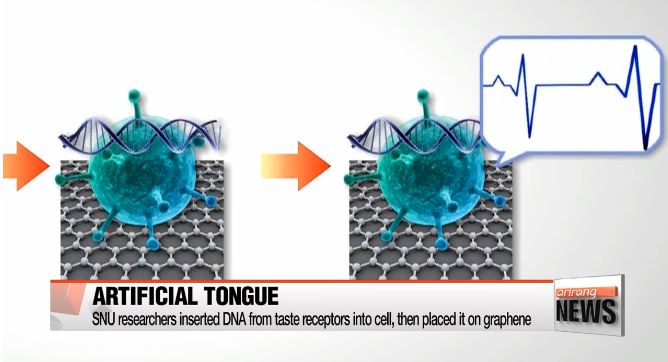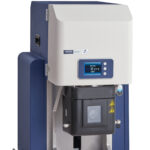Scientists from Seoul National University have developed a bio-electric tongue that can successfully identify two taste sensations, sweet and savory.
What is worth noting is that the tongue is 10-thousand times more effective in sensing “sweet” flavors compared to the human tongue, which means it can potentially be put into good use in developing new food products, such as Ramen.
Experts say the artificial tongue – with its much more delicate sensory-capacity – will soon replace human testers.
“If we taste our products and feel like a taste is lacking, we find the original ingredient responsible for the flavor, try adding it in and repeat the process”.
The tongue was made through the following steps. Researchers first extracted DNA information from protein-based taste-receptors that specifically sense – and react to – sweet and savory flavors.
This DNA information is inserted to a separate cell, which is put on top of a surface of graphene, a carbon-based nanotube which is one-hundred times more effective than copper in conducting electricity. The graphene can sense changes in the current, and produce an electric signal which shows that a taste has been received.
“Graphene already has a current flowing, and by calculating the change in current we know that a certain flavor has been received.”
Experts also say the recent tongue is a huge improvement from past attempts.
“The tongue made 2 years ago was a 100 times more sensitive than the human tongue, but this tongue is 100 times more effective than the past version.”
Researchers predict the man-made tongue will soon find commercial application in the artificial spices industry.












